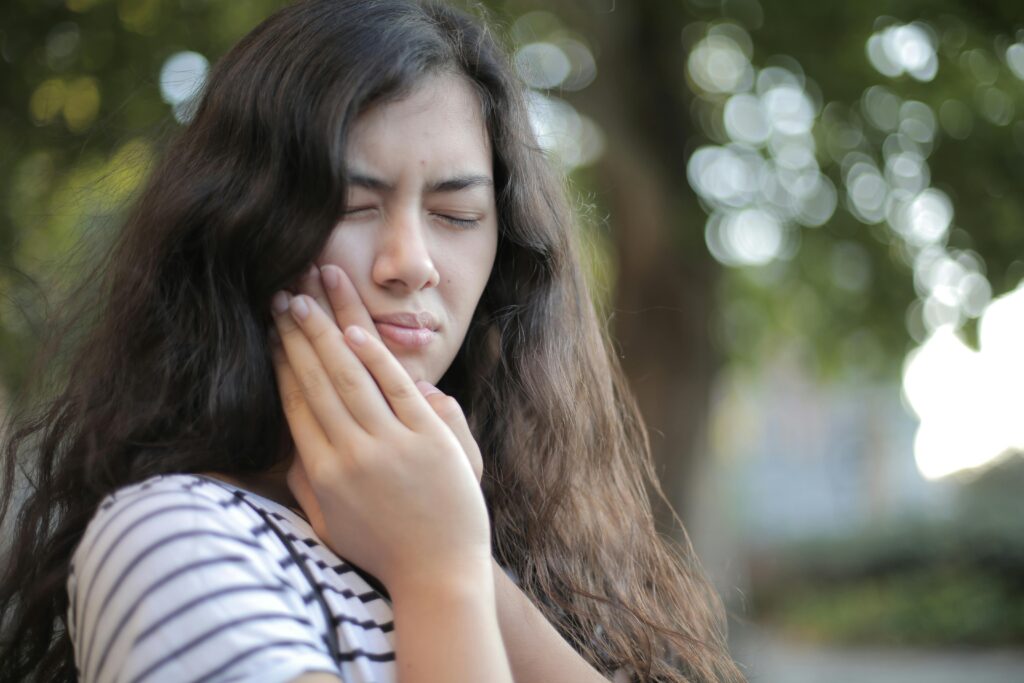Hemorrhoids, often known as piles, are a problem that is often kept private because of the suffering and humiliation it can bring. However, with proper knowledge and management strategies, individuals can effectively reduce symptoms and improve their quality of life. This guide offers a broad spectrum of information about hemorrhoids, including their types, causes, and treatment options.
Key Takeaways:
- A detailed understanding of hemorrhoids and their different types.
- Insight into the various causes and risk factors associated with hemorrhoids.
- Recognition of symptoms and appropriate strategies for managing discomfort at home.
- Guidance on when to seek professional medical treatment.
Table of Contents:
- What Are Hemorrhoids?
- Common Causes and Risk Factors
- Symptoms to Watch Out For
- At-Home Management Strategies
- When to Consult a Healthcare Professional
- Diagnosis and Medical Interventions
What Are Hemorrhoids?
Classifying hemorrhoids is essential for understanding their impact and pursuing the proper treatment. Internal hemorrhoids develop inside the rectum, far from the sight of an observer, and are not typically painful due to the lack of pain-sensing nerves in that location. External hemorrhoids appear under the skin surrounding the anus and are prone to discomfort and irritation. Thrombosed hemorrhoids occur when blood pools and clots, causing acute pain and swelling.
Addressing the discomfort and inconvenience associated with hemorrhoids often involves a combination of lifestyle changes, home remedies, and, in more severe cases, medical interventions. Hemorrhoid treatment alleviates symptoms such as pain, itching, and swelling. Simple measures like dietary modifications, increased fiber intake, and proper hygiene can offer relief. Additionally, topical treatments and over-the-counter medications may be recommended. In cases where conservative methods prove insufficient, medical procedures or surgical options may be explored for effective treatment.
Common Causes and Risk Factors
Identifying the underlying causes of hemorrhoids is critical to both prevention and treatment. They can be the result of a variety of factors, including, but not limited to, persistent straining during bowel movements, primarily caused by chronic constipation. Confident lifestyle choices, such as a diet low in fiber, limited water intake, and extensive periods of sitting—especially on hard surfaces—can contribute to the development and worsening of hemorrhoids. Additional risk factors comprise genetic predisposition, pregnancy—which increases the pressure on pelvic blood vessels—and excessive weight, which similarly strains vein walls and can lead to the condition.
Symptoms to Watch Out For
Hemorrhoid symptoms differ depending on the type and severity of the condition. While internal hemorrhoids can manifest themselves through painless bleeding during defecation, external hemorrhoids often cause anal pain, especially when sitting. Itching and discomfort in the anal region are also prominent signs. Hemorrhoids can cause complications such as anemia from prolonged blood loss or strangling, in which the blood supply to an internal hemorrhoid is severed, producing excruciating agony and potentially demanding surgical intervention.
At-Home Management Strategies
Effective self-care measures can promote comfort and symptom resolution in mild to moderate cases of hemorrhoids. Dietary adjustments that include more fiber from fruits, vegetables, and whole grains help soften the stool and promote regular bowel movements, lowering strain. Staying well-hydrated is equally important in preventing constipation and easing pressure on the rectal veins. Topical treatments, such as over-the-counter hemorrhoidal creams, can temporarily relieve itching and discomfort.
When to Consult a Healthcare Professional
While home remedies are beneficial for minor hemorrhoidal issues, persistent or severe symptoms necessitate medical intervention. Indications that medical attention is needed include significant pain, significantly if it interferes with daily activities, as well as profuse or recurrent bleeding, which could suggest a more severe condition. Furthermore, any noticeable changes or growths in the anal or rectal area should be reviewed by a healthcare professional to rule out other possible concerns, such as abscesses or malignant growths.
Diagnosis and Medical Interventions
Professional diagnosis often begins with a physical examination of the anal and rectal area to check for external hemorrhoids, followed by internal examinations such as a digital rectal exam or anoscopy to evaluate any internal hemorrhoids. After diagnosis, medical treatments may range from minimally invasive procedures like rubber band ligation—which cuts off circulation to the hemorrhoid, causing it to wither—to more comprehensive surgical methods for severe cases. These treatment decisions are based on factors such as the hemorrhoid’s size, location, and the patient’s overall health.



